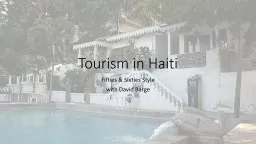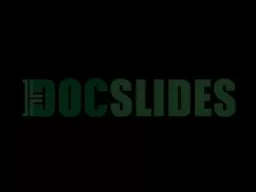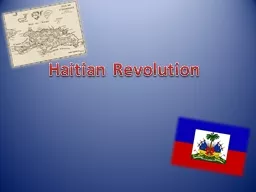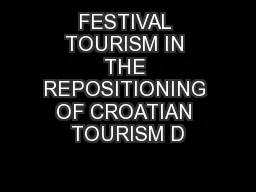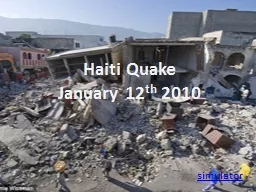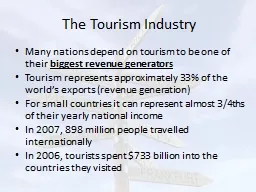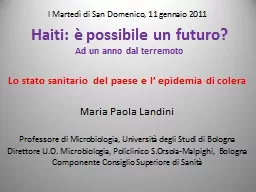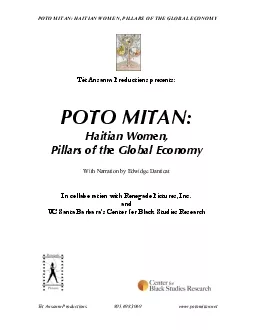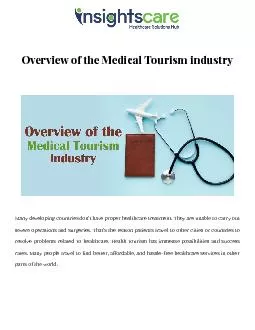PPT-Tourism in Haiti
Author : karlyn-bohler | Published Date : 2017-08-22
Fifties amp Sixties Style w ith David Barge The Duality of Haiti Tourism 50s Advertisements for Haitian tourism often contrasted native symbols and traditional
Presentation Embed Code
Download Presentation
Download Presentation The PPT/PDF document "Tourism in Haiti" is the property of its rightful owner. Permission is granted to download and print the materials on this website for personal, non-commercial use only, and to display it on your personal computer provided you do not modify the materials and that you retain all copyright notices contained in the materials. By downloading content from our website, you accept the terms of this agreement.
Tourism in Haiti: Transcript
Download Rules Of Document
"Tourism in Haiti"The content belongs to its owner. You may download and print it for personal use, without modification, and keep all copyright notices. By downloading, you agree to these terms.
Related Documents

